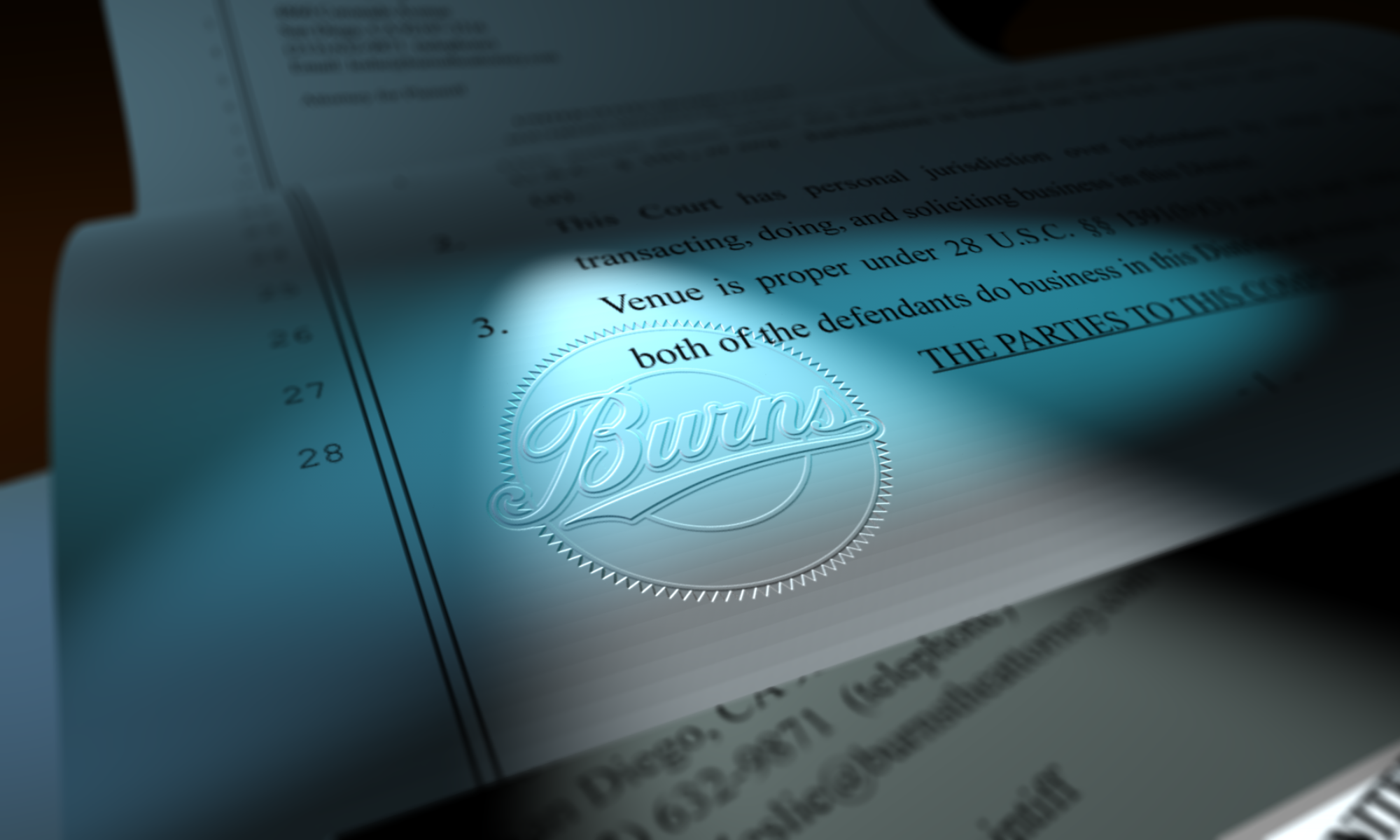 Recently, I wrote about the importance of your CMI (copyright management information) and mentioned that using your copyright notice as a watermark is your best CMI, because it kills two birds withone stone, so to speak. In that other post I talk about the DMCA and CMI removal issues (one bird). Here’s the skinny on the other…
Recently, I wrote about the importance of your CMI (copyright management information) and mentioned that using your copyright notice as a watermark is your best CMI, because it kills two birds withone stone, so to speak. In that other post I talk about the DMCA and CMI removal issues (one bird). Here’s the skinny on the other…
But first, a little about a proper copyright notice. People get the notice technically wrong often, and it matters. So, here’s what it should be, in plain English:
1. the symbol © (that’s control + g on a Mac) or the word copyright
2. the year of first publication (see here for more on “publication” as defined by the Copyright Office)
3. the owner’s name.
An example is the image above. Since I am first publishing this article here in 2016 and I created the work and own its copyright, the proper notice for this article is as you see there. In the post about CMI from late June 2016 I mentioned earlier, I included a photo (a selfie, actually) that I shot when I was in law school in, I think, 2010, but which I had not published (meaning that it had not been offered for license or given to a client for potential further use or otherwise made available to others, as well as in the sense normal people think of published) until 2015. So, the notice there is correct: ©2015 Leslie Burns. If I wrote “©2010 Leslie Burns” for the photo, the notice would be incorrect–the year in a proper notice must be the year the work was first published.
Okay? Cool. Now to the good stuff…
If you publish your work with a proper notice, that is a proper and visible notice (not just buried in the metadata), then an infringer of the work can’t try to claim “innocent infringement” in mitigation of statutory damages. It can’t even go there! Here’s the super good part of that: this is true even if the infringer got the work from some other source, without your notice! There are several cases that support this rule (and the rule is in 17 USC 401), but here are just two for your attorney’s dining and dancing pleasure: BMG Music v. Gonzalez, 430 F.3d 892 (7th Cir. 2005) and Maverick Recording Co. v. Harper, 598 F. 3d 193 (5th Cir 2010) (cert. denied). The second one is particularly helpful as it looks at the issue in more detail, but both make it clear that the defense is barred if the work is available with proper (and visible) notice, even if the infringer never saw that particular publication of the work.
So, going back to the CMI thing, if you use the proper copyright notice as your watermark, you get the protections I just described and, if the work gets infringed and the watermark is removed, the infringer just committed a violation of 1202 of the DMCA. Putting the pieces together, then, and assuming you have properly registered the work prior to this, your infringer is looking at a minimum of $750 (infringement) + $2500 (DMCA) in damages to you, plus maybe your attorney’s fees.
Those birds must not be chickens ’cause that’s not chicken feed.
